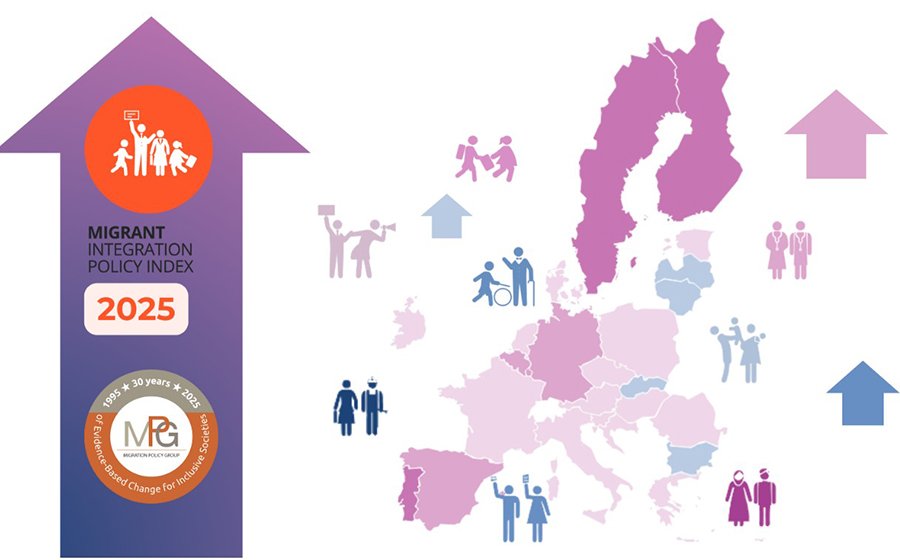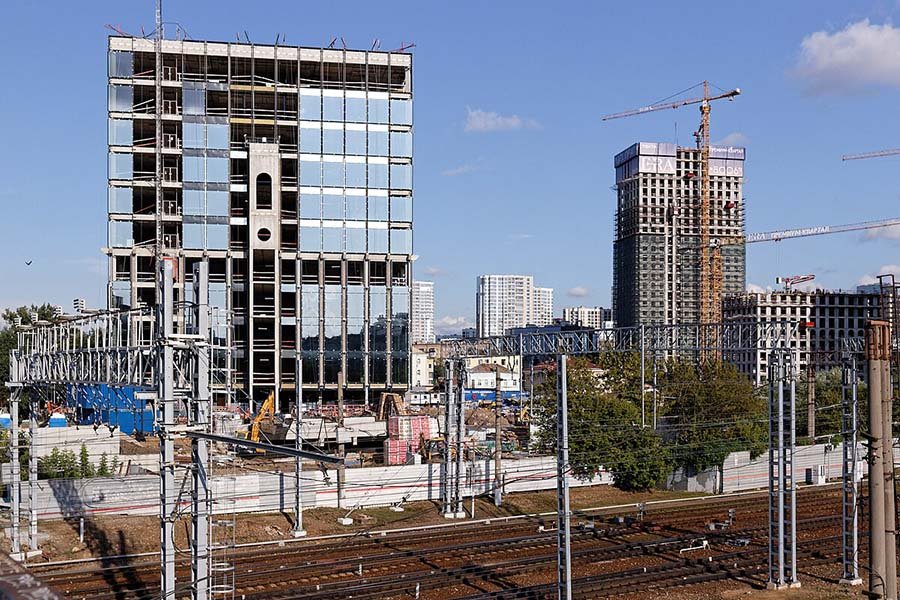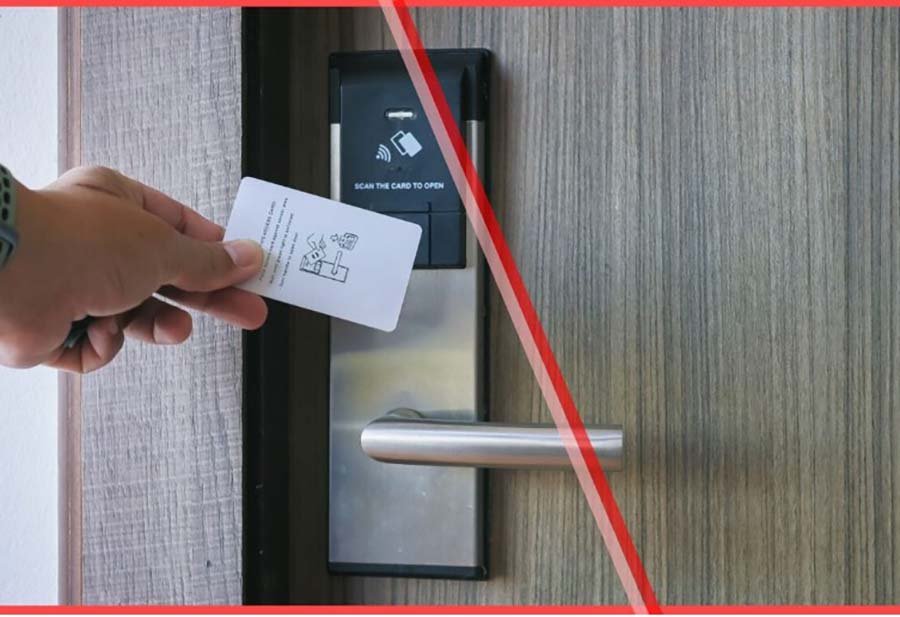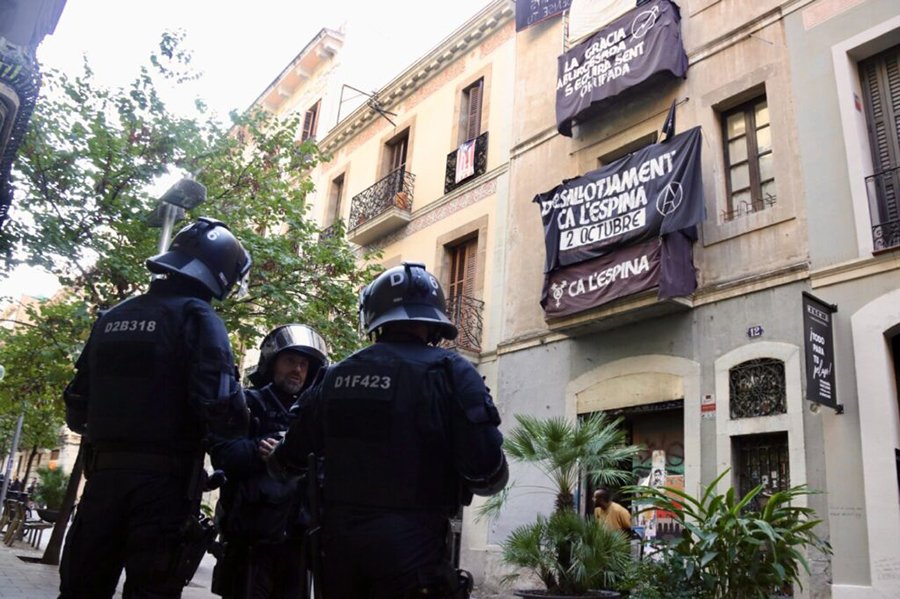читайте также
 Migrant Integration Index 2025: Europe Is Losing Momentum
Migrant Integration Index 2025: Europe Is Losing Momentum
 Beach Hotels: Investment Appeal, Profitability, and Emerging Destinations
Beach Hotels: Investment Appeal, Profitability, and Emerging Destinations
 Housing in Moscow’s New Builds Costs 48% More Than Ready to Move In Homes
Housing in Moscow’s New Builds Costs 48% More Than Ready to Move In Homes
 Henley Passport Index: Asia Leads While the U.S. and the U.K. Lose Ground
Henley Passport Index: Asia Leads While the U.S. and the U.K. Lose Ground
 Italy Legalizes Self Check-In for Rentals
Italy Legalizes Self Check-In for Rentals
 Spain proposes new housing tax
Spain proposes new housing tax
High-Profile Eviction in Barcelona: Police Clear Ca l’Espina Squat

Photo: El Triangle
Barcelona police carried out a large-scale eviction at the Ca l’Espina building in the Gràcia district—an address that had become a symbol of the anarchist movement after being occupied five years ago. According to El Triangle, the operation involved climbing gear, drones, and a truck-mounted lift, while a crowd of protesters gathered in the street.
On the morning of October 2, officers from the Mossos d’Esquadra entered the building, where six people were present, and removed four of them. One woman was taken down from the façade where she had secured herself with climbing equipment; another was freed after cementing her hand inside a barrel. To gain access, police dismantled barricades and metal barriers that squatters had used to fortify doors and windows.
The operation involved security units, the BRIMO riot squad, the drone unit, and the mountain division of the Mossos, along with a helicopter providing aerial monitoring. The detained squatters face charges of unlawful occupation and disobedience to police orders.
Outside, around fifty people had gathered early to try to stop the eviction. They were later joined by participants from a pro-Palestinian demonstration—about one hundred people in total. After the arrival of the riot police, protesters retreated along Carrer d’Astúries and continued marching through Gràcia, chanting slogans in support of Ca l’Espina, known within Barcelona’s squatter movement as the “House of Thorns.” Banners on the façade read “Gentrified Gràcia will remain squatted,” alongside a Palestinian flag.
Bojous, the company that owns the building, drew criticism from activists over alleged speculation and links to “vulture funds.” The owners were present during the operation and rejected the claims. Company head Joan Fradera said Bojous is a family business with no ties to tourist rentals or investment funds: the family owns about twenty apartments in Barcelona, all rented at accessible rates, with no empty units.
Fradera said the property was purchased in 2019 from two sisters who had left it empty for years. The family planned a renovation to create affordable rental housing, but the project never started because dozens of people occupied the building. Only the ground floor was partially recovered, where a relative moved in to monitor the situation and help contain conflicts with occupants.
The owners also reported repeated pressure and aggression from squatters: offensive graffiti at their agency office, smashed windows, and one incident when unknown individuals came to their home. Fradera called it a severe ordeal for the family and expressed hope the building can now “return to normal life.”
The squat issue remains heated in Spain despite the January 2025 law (Ley Orgánica 1/2025). The measure took effect in April and, as Idealista notes, introduced fast-track proceedings (juicios rápidos) for unlawful occupation and housing usurpation—formally allowing eviction rulings within 15 days of filing. If the occupation involves violence or threats, prison terms are possible instead of fines. However, lawyers stress the expedited procedure applies only to flagrant cases where occupants are caught in the act, and it does not address inquilokupas—tenants who remain after leases end or stop paying.
Attorney Carmen Jiménez points out that judges can now order eviction even before a hearing as a precautionary measure at the owner’s request. Still, she says effectiveness is doubtful: the justice system remains overloaded, and a surge in filings continues to cause months-long delays as cases move through the courts.
According to José Ramón Zurdo, head of the ANA Rental Agency, the main shortcoming is that the process remains strictly judicial. He argues the solution should be administrative: all rental contracts should be registered in an open database accessible to police so officers can instantly distinguish lawful tenants from squatters and evict without waiting for a court ruling.
A March 2025 report by the Instituto de Estudios Económicos (IEE) concludes that unlawful housing occupation has become systemic in Spain, exposing weak property-rights protection. Spain ranks 22nd out of 37 OECD economies on property-rights protection—well below EU and OECD averages. The 2024 Property Rights Index score was 6.4, below the 7.0 threshold typical for advanced economies.
Over the last 15 years, reported cases of illegal occupation have increased more than sixfold; from 2018–2024 they rose 34.5%. In 2024, nearly 16,500 incidents were recorded (+7% year-over-year). Catalonia shows the highest concentration—illegal occupations there run four times the national average.
The IEE links the escalation to ineffective regulation and weak judicial mechanisms. Analysts say the current legal framework—including the Housing Law (Ley 12/2023)—fails to protect owners in practice. Rent caps in “strained zones,” they add, worsen supply shortages and push prices up.
The report proposes legislative reforms: equalize penalties for usurpation with trespass, accelerate evictions to 72 hours when ownership is proven, suspend property taxes during proceedings, and allow temporary utility shutoffs in occupied properties. Only swift legal responses and robust property-rights protections, the authors argue, will curb squatting and restore investor confidence in Spain’s housing market.
Rising illegal occupations and protracted court timelines make the Spanish market less predictable for investors. The prevalence of squatting—especially in Barcelona and Catalonia—undermines owners’ confidence in asset security and raises legal costs. Experts warn that without tangible improvements in property-rights enforcement, investor interest in Spanish residential real estate will remain subdued, particularly in conflict-prone regions with frequent occupations and elevated risk for owners and developers.





